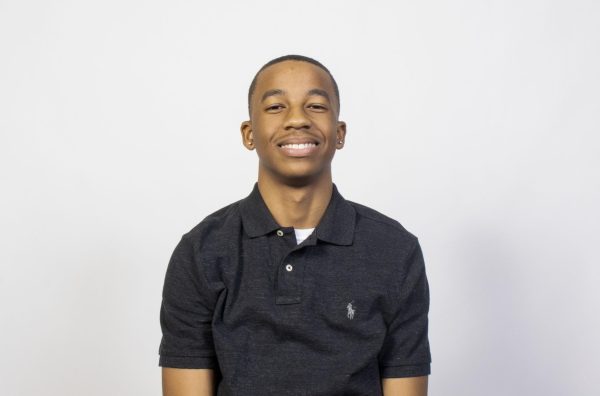COLUMN: Taxi Driver, high ranking and iconic cinematography
August 29, 2022
Martin Scorsese is somewhat known for casting Robert De Niro in his films and making high quality films together. They have worked on nine movies together and Taxi Driver is the second collaboration between the two and can be considered the best film amongst each other, from
De Niro’s acting standpoint, and Scorsese’s directorial standpoint.
Travis Brickle, Robert De Niro, is a former veteran who is mentally unstable and has trouble sleeping at night. He takes up a taxi driving job in New York and encounters numerous odd situations while driving.
As he proceeds with the job, he becomes violent. Majority of the film is slow, especially the beginning. There is enough interesting dialogue to keep viewers engaged. Learning about Brickle’s background and watching the passengers he picks up are examples of the interesting aspects that occur early on.
Initially, everything felt like random scenarios going on with Brickle’s life. His job, love life, and his interaction with Iris, played by Jodie Foster, did not sync together. After thinking about the scenes, the realization came in that everything started with him starting his new job.
It was not difficult to piece together, but without further thought, nothing really connected. The introduction to the love story could have been better.
For his interest in Betsy, Cybill Shepherd, to come from staring at her at her job felt a little weird, but it is understood that he is not the most normal/sane person since coming home from being in the Marine Corps.
The audience is forced to accept her into the film. If viewers knew how Brickle first found her, then it would have been better. It is unclear how long he was staring at her, as far as in that moment or if he kept coming back for days in a row.
Brickle’s character development was great. Seeing him progress through the movie felt smooth. During the scene when he went to confront Betsy at her job, he gets into a threatening fighting position after Betsy’s coworker, Tom, Albert Brooks, keeps touching him.
This scene shows that he is a dangerous man and can be seen as the start of his aggressive beginning. Moreso, De Niro’s slow pace talking during his narration scenes added an eerie/suspenseful effect to his character, which is great for the movie.
The music also added a suspenseful effect to certain scenes throughout the film. Bernard Herrmann produced the score for this film. The theme song was split into two parts, each embodying two different emotions.
The first part was smooth jazz and the second part felt more shocking and alerting. Each part was played multiple times and whenever each part was played, it was very appropriate for the setting, which allows viewers to connect with the scene.
The cinematography was great. There were overhead and close-up shots that looked amazing. There were iconic pictures produced from this film, including the famous shot of De Niro holding his fingers in the shape of a gun to his head with blood on his fingers.
This film is great and is a notable high-ranking film in American cinema. Rate: 4/5.
Cam’ron Hardy is a sophmore journalism major. He can be reached at [email protected] or 217-581-2812.













































